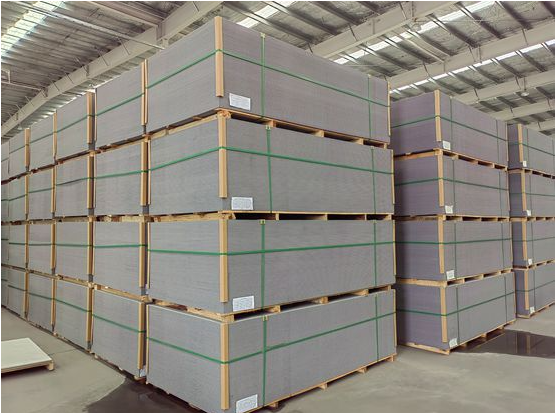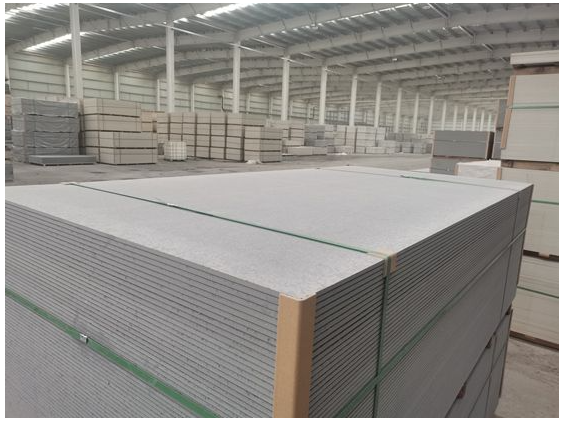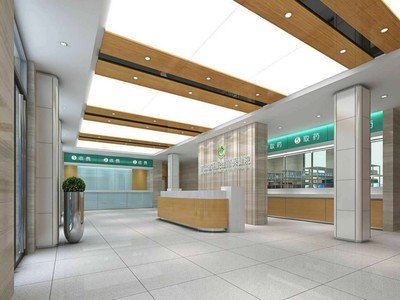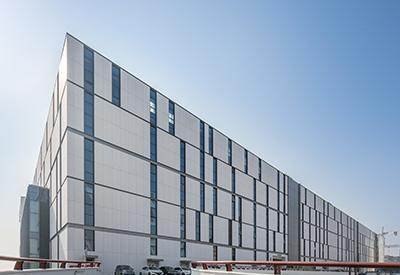Introduction
Ever heard of a building material that’s strong like cement, flexible like wood, and eco-friendly to boot? Meet cement fiberboard — the unsung hero of modern construction! Whether you're fixing up your house or managing a massive commercial project, this wonder board is probably part of it. But what exactly is it, and why is everyone talking about it?
Cement fiberboard, also known as fiber cement board, is an innovative, environmentally friendly construction material that combines strength, durability, and versatility. Thanks to its unique blend of features, it's increasingly becoming the go-to solution for architects, contractors, and DIY lovers alike.
Composition and Manufacturing Process
Key Ingredients
Cement fiberboard is made from a mixture of:
Portland cement – the backbone for strength and rigidity
Silica sand – for texture and stability
Cellulose fibers – for flexibility and crack resistance
Water and other additives
This combo makes the board tough as nails but still lightweight and easy to handle.
How Cement Fiberboard is Made
The process involves:
Mixing the raw materials into a slurry.
Forming sheets through a machine process.
Pressing and curing them under high pressure and heat.
Cutting the boards into standard sizes.
Drying and quality-checking the final products.
The result? A rock-solid panel that’s ready for almost anything.

Core Characteristics of Cement Fiberboard
Moisture Resistance
No one likes soggy walls. Cement fiberboard holds its shape and integrity even in humid or wet conditions, making it perfect for bathrooms, kitchens, and exterior applications.
Fire Resistance
Here’s a bonus: this board doesn’t burn! It's non-combustible and can withstand extremely high temperatures, which makes it a lifesaver—literally—during fires.
Long Life and Durability
Once installed, this stuff sticks around for decades. It doesn’t warp, rot, or degrade easily, so it's ideal for long-term builds.
Thermal Insulation
It helps keep the heat out in summer and the warmth in during winter. That means lower energy bills and a comfier indoor climate.
Sound Insulation
Got noisy neighbors or a bustling street outside? Cement fiberboard is excellent at dampening sound.
Lightweight Nature
Despite its strength, it’s surprisingly light, which makes installation quicker and easier.
Eco-Friendliness
Made from natural materials and highly recyclable, it fits perfectly into green building projects.
Advantages of Using Cement Fiberboard
Cost-Effective Construction
Because it’s long-lasting and doesn’t need much upkeep, it saves a ton of money over time.
Time-Saving Installation
Dry installation = no waiting for things to set. Just fix it in place and move on!
No Need for Plastering
Once it's up, it’s good to go. The smooth surface doesn't require additional finishes unless you want them.
Energy Efficiency
Its insulation properties help maintain indoor temperatures, reducing heating and cooling costs.
Resistance to Mold, Pests, and Rot
Unlike wood, it doesn’t invite bugs or fungi to the party. A great option for tropical and humid climates.

Common Uses of Cement Fiberboard
Interior Wall Partitions
Lightweight and soundproof — perfect for making new rooms or dividing spaces.
Flooring Applications
Yes, it can handle foot traffic! Often used under tiles or hardwood for added support.
Exterior Walls and Cladding
Provides a sleek, modern look while protecting against weather damage.
Insulation Panels and Fireproofing
Used as fire barriers or insulation in homes and offices.
LOFT Slabs and Industrial Platforms
Sturdy enough to support heavy equipment or multi-story platforms.
Electrical Insulation Boards
Its non-conductive nature makes it ideal for use around electrical systems.
Installation and Handling
Tools and Materials Required
Step-by-Step Installation Guide
Measure and cut the boards.
Fix the frame or keel in place.
Attach the boards using screws.
Seal joints if necessary.
Paint or finish as desired.
Maintenance Tips

Available Sizes and Thickness
Standard Sizes
2440 mm x 1220 mm
2400 mm x 1200 mm
Choosing the Right Thickness
4-6 mm: For ceiling and decorative use.
8-12 mm: Perfect for walls and partitions.
16-30 mm: Best for floors or high-load areas.
Comparing Cement Fiberboard to Other Materials
Cement Board vs. Gypsum Board
Cement Board vs. Plywood
Cement Board vs. OSB
Real-World Case Studies and Applications
Residential Projects
Used for stylish, moisture-proof bathrooms, modern kitchen panels, and safe fireproof basements.
Commercial and Industrial Uses
Great for office partitions, factory floor reinforcements, and even mall exterior facades.

Environmental Impact and Sustainability
Reusability and Recycling
Even after fire or damage, many boards can be reused or recycled into new products.
Green Building Certifications
Using cement fiberboard can contribute points toward LEED and other sustainability certifications.
Conclusion
Cement fiberboard is like the Swiss Army knife of building materials — versatile, durable, eco-friendly, and easy to work with. Whether you're planning a home renovation, setting up an office, or constructing a multi-story building, it's worth considering this powerhouse board. Its features, from fire resistance to water durability and soundproofing, make it a game-changer for modern architecture.
English
العربية
Français
Русский
Español
Português
Deutsch
italiano
日本語
한국어
Nederlands
Tiếng Việt
ไทย
Polski
Türkçe
አማርኛ
Bahasa Melayu
தமிழ்
Filipino
Bahasa Indonesia
magyar
Română
Монгол
қазақ
Српски
हिन्दी
فارسی
Kiswahili
Slovenčina
Slovenščina
Svenska
українська
Ελληνικά
Suomi
Հայերեն
עברית
اردو
Shqip
বাংলা
Hrvatski
Afrikaans
Māori
සිංහල
Oʻzbekcha
latviešu
Беларуская мова
Bosanski
Български
ქართული
Lietuvių
Malti













